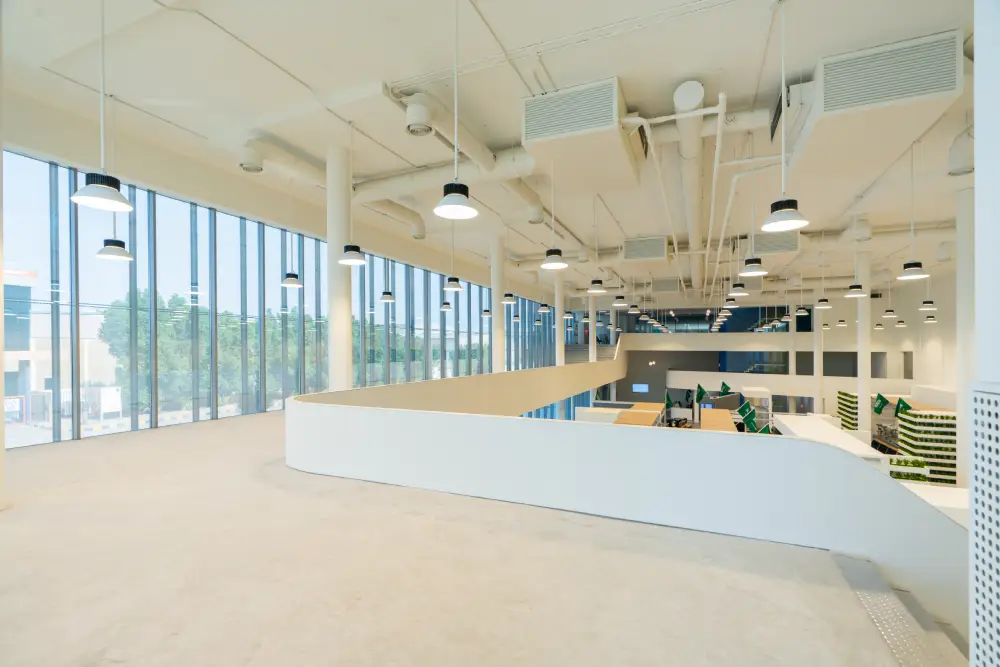
Choosing the ideal layout for your workspace plays a significant role in fostering creativity, collaboration, and productivity among employees. Two prominent design philosophies that dominate modern offices are open concept and traditional layouts. Both approaches cater to different organizational cultures and working styles; thus, deciding which model suits your firm best is vital. To shed light on this topic, we shall discuss open concept versus traditional layouts in office fit outs and highlight how an office fit out company in Dubai can assist in implementing either choice.
Open concept layouts:
Open concept layouts are characterized by minimal physical barriers and partitions, promoting an open and collaborative environment. This design typically features shared workstations, communal areas, and flexible spaces that encourage interaction and communication among employees. Proponents of open concept layouts argue that they foster creativity, innovation, and teamwork by breaking down silos and promoting transparency and accessibility.
Advantages of open concept layouts:
- Enhanced collaboration: Open layouts facilitate spontaneous interactions and communication among team members, fostering collaboration and idea exchange.
- Flexibility and adaptability: Flexible workstations and modular furniture allow for easy reconfiguration and adaptation to changing business needs and workstyles.
Considerations for open concept layouts:
- Noise and distractions: Open layouts can be noisy and distracting, possibly impacting concentration and productivity for some employees.
- Privacy concerns: Lack of privacy in open layouts may be a concern for tasks that require confidentiality or focused concentration.
Traditional layouts:
Traditional office layouts, also known as closed or cubicle-based designs, feature individual workstations or private offices separated by partitions or walls. This design provides employees with dedicated spaces for focused work and privacy, reducing distractions and interruptions. Proponents of traditional layouts argue that they offer a sense of security, autonomy, and personal space for employees.
Advantages of traditional layouts:
- Privacy and focus: Individual workstations or offices provide employees with privacy and a distraction-free environment for focused work and concentration.
- Reduced noise: Partitions and walls help mitigate noise levels, creating a quieter and more conducive workspace for tasks that require concentration.
Considerations for traditional layouts:
- Space inefficiency: Individual workstations or offices require more square footage per employee, possibly leading to underutilization of space and higher real estate costs.


